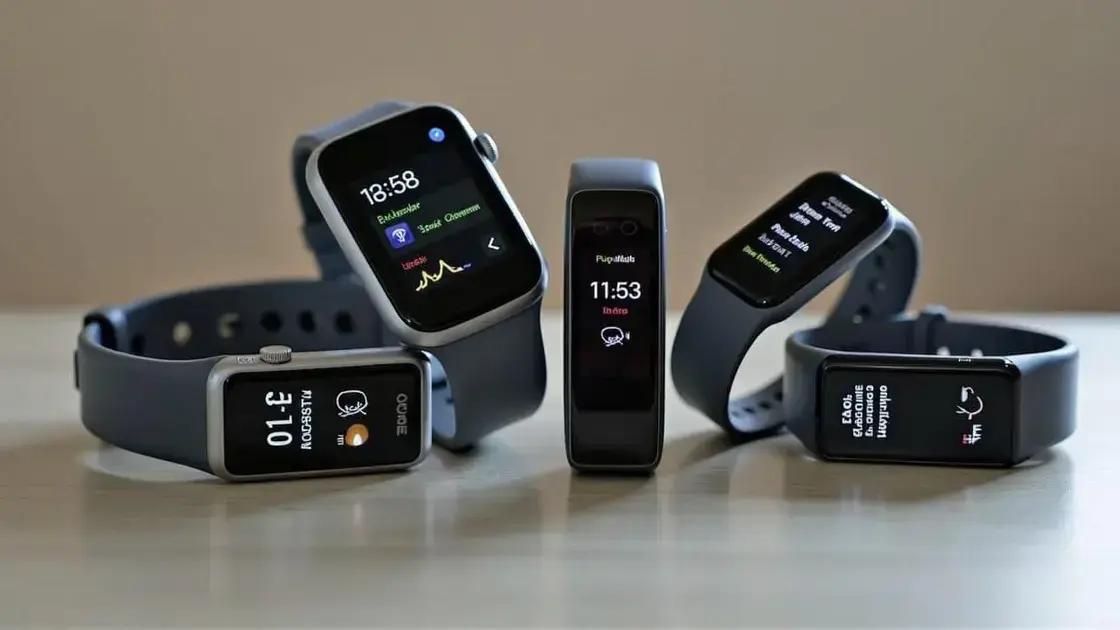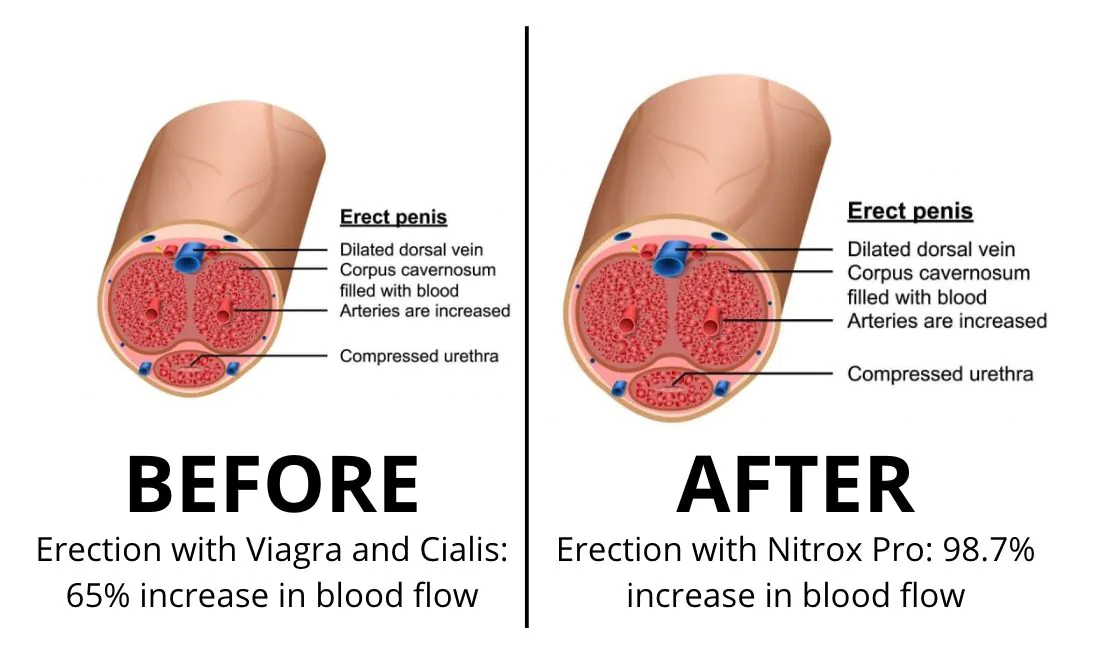Wearable ECG devices are transforming men’s cardiovascular health by providing real-time monitoring of heart activity, enabling early detection of irregularities, encouraging healthier lifestyles, and facilitating better communication with healthcare providers.
Wearable ECG devices are transforming the landscape of cardiac health for men. These innovative gadgets monitor heart rhythms and provide vital feedback about cardiovascular well-being. As heart issues are a significant concern for men, understanding how to leverage these devices can lead to better health outcomes. In this article, we will delve into the features of wearable ECG technology, explore its benefits for men’s heart health, guide you in selecting the right device, and look at future trends that may shape the industry.
Understanding Wearable ECG Devices

Wearable ECG devices, also known as electrocardiogram monitors, are advanced gadgets that track heart activity. These devices allow users to obtain critical insights into their heart’s performance. The primary function of these devices is to detect electrical signals produced by the heart, which can indicate normal rhythms or potential issues.
How Wearable ECG Devices Work
Typically, these devices come in various forms such as smartwatches, fitness bands, and chest straps. They continuously monitor heart rates and rhythms using sensors that capture electrical impulses. When a device detects an irregular heartbeat, it can send alerts to the user or healthcare professionals, facilitating timely interventions if necessary.
Key Features of Wearable ECG Devices
Some notable features of wearable ECG devices include:
- Real-time Monitoring: Users can view their heart activity instantly, allowing for immediate awareness of any irregularities.
- Data Storage: Many devices save heart data over time, enabling users and doctors to analyze trends and patterns in heart health.
- Integration with Apps: These devices often sync with mobile applications that provide detailed reports and insights into heart health.
- User-friendly Interface: Most wearable ECG devices have intuitive displays, making it easy for anyone to understand their heart data.
Understanding how these devices function is essential for anyone considering using them. They provide valuable knowledge about one’s cardiovascular health and help in making informed choices regarding lifestyle and healthcare.
Benefits for Men’s Cardiovascular Health

Wearable ECG devices provide several benefits for men’s cardiovascular health. By monitoring heart rhythms in real-time, these devices empower men to take charge of their heart health. Here are some key advantages:
Early Detection of Heart Problems
One of the primary benefits of wearable ECG devices is their ability to detect irregular heartbeats. This early detection can be vital for preventing serious conditions such as atrial fibrillation or other heart diseases. Men can respond quickly and seek medical attention when necessary.
Encouragement for Healthier Lifestyles
Using a wearable ECG device encourages men to adopt healthier habits. Regular monitoring can motivate individuals to exercise more, eat better, and manage stress, ultimately contributing to improved heart health.
Personalized Heart Health Data
These devices provide personalized insights, allowing men to understand their heart rate patterns, exercise impacts, and recovery times. This data helps users make informed decisions regarding their activities and overall health management.
Improved Communication with Healthcare Providers
Wearable ECG devices can facilitate better communication between men and their healthcare providers. By sharing real-time data, doctors can tailor treatments and recommend lifestyle changes based on the individual’s heart health.
In conclusion, the benefits of wearable ECG devices extend beyond just monitoring heart health. They play a crucial role in early detection, lifestyle enhancement, personalized health data, and improved healthcare communication.
How to Choose the Right ECG Device

Choosing the right ECG device can be overwhelming due to the variety of options available. Here are some key factors to consider when selecting a wearable ECG device:
1. Accuracy and Reliability
The primary purpose of an ECG device is to provide accurate heart readings. Look for devices that have been clinically validated. Check reviews and third-party studies to confirm that the device can consistently track your heart activity efficiently.
2. Comfort and Design
Since you’ll be wearing this device regularly, comfort is crucial. Select a design that fits well and feels comfortable throughout the day. Consider whether you prefer a smartwatch style, a fitness band, or a chest strap.
3. Battery Life
Battery life can vary significantly between devices. Choose a model with a long-lasting battery, so you don’t have to constantly charge it. A good device should last several days on a single charge.
4. Features and Functionality
Different ECG devices come with various features. Some may include heart rate monitoring, activity tracking, and sleep analysis. Decide which features are essential for your lifestyle and health needs.
5. Integration with Other Health Apps
Many wearable ECG devices sync with health applications on smartphones. This feature allows you to track your health data over time. Ensure the device you choose integrates well with apps you may already be using.
6. Cost and Warranty
Consider your budget when choosing an ECG device. Prices can vary greatly based on features and brand. Additionally, check for warranties that provide peace of mind regarding the device’s durability.
By considering these factors, you can make a well-informed decision when selecting the ECG device that best meets your cardiovascular health monitoring needs.
Future Trends in Wearable Health Technology

The future of wearable health technology is promising, especially for devices like ECG monitors. As technology evolves, several key trends are emerging in this space:
1. Advanced Sensor Technology
Manufacturers are developing sophisticated sensors that offer greater accuracy and can capture more detailed health metrics. Future wearable ECG devices may monitor additional vital signs, like blood oxygen levels and blood pressure, alongside heart rate.
2. Integration with Artificial Intelligence
Artificial Intelligence (AI) is expected to play a significant role in wearable health tech. AI algorithms can analyze heart data in real-time, predicting potential health issues and providing personalized feedback for users. This integration could lead to smarter and more responsive health monitoring.
3. Improved Connectivity and Data Sharing
Future devices will likely offer enhanced connectivity options, allowing for seamless data sharing with smartphones and healthcare providers. Users will be able to track their health metrics more easily, enhancing communication between patients and doctors.
4. Focus on Preventive Health
There is a growing trend toward using wearable devices for preventive health monitoring. With continuous data collection, users can identify potential health risks before they become serious issues. This shift could change the way men manage their cardiovascular health.
5. Personal Health Ecosystems
Wearable ECG devices will increasingly be part of a larger personal health ecosystem. By linking with other health apps and devices, users can have a comprehensive view of their overall health, including activity levels, diet, and sleep quality.
6. Enhanced User Experience
Technology is making wearables more user-friendly. Expect improvements in design and interface that make it easier for men to access their health data at a glance. Interactive features will likely include customizable alerts and reminders for better health management.
These trends in wearable health technology signal an exciting future, potentially transforming how men monitor and manage their cardiac health.
In Summary: The Impact of Wearable ECG Devices on Men’s Health
Wearable ECG devices are changing the game for men’s cardiovascular health. By providing real-time monitoring and insights, these devices empower men to take charge of their heart health.
Understanding how to choose the right ECG device ensures that individuals can benefit fully from this technology, leading to improved early detection of heart issues.
As we look towards the future, advancements in wearable technology promise even greater benefits. Trends such as enhanced sensor technology, AI integration, and a focus on preventive health are set to transform personal health management.
By embracing these innovations, men can enjoy healthier lives with proactive monitoring and management of their cardiovascular health.
FAQ – Frequently Asked Questions about Wearable ECG Devices
What are wearable ECG devices?
Wearable ECG devices are gadgets that monitor heart activity in real-time, allowing users to track their heart health.
How do wearable ECG devices benefit men’s cardiovascular health?
These devices provide early detection of irregular heartbeats, encourage healthier lifestyles, and improve communication with healthcare providers.
What should I consider when choosing an ECG device?
Look for accuracy, comfort, battery life, features, connectivity with health apps, and cost to find the right device for your needs.
What are the latest trends in wearable health technology?
Key trends include advanced sensor technology, AI integration, improved connectivity, a focus on preventive health, and enhanced user experience.
Can wearable ECG devices help in emergencies?
Yes, they can alert users to irregular heart rhythms, prompting quick medical assistance if needed.
How accurate are wearable ECG devices?
Accuracy varies by model; it’s important to choose clinically validated devices to ensure reliable readings.












